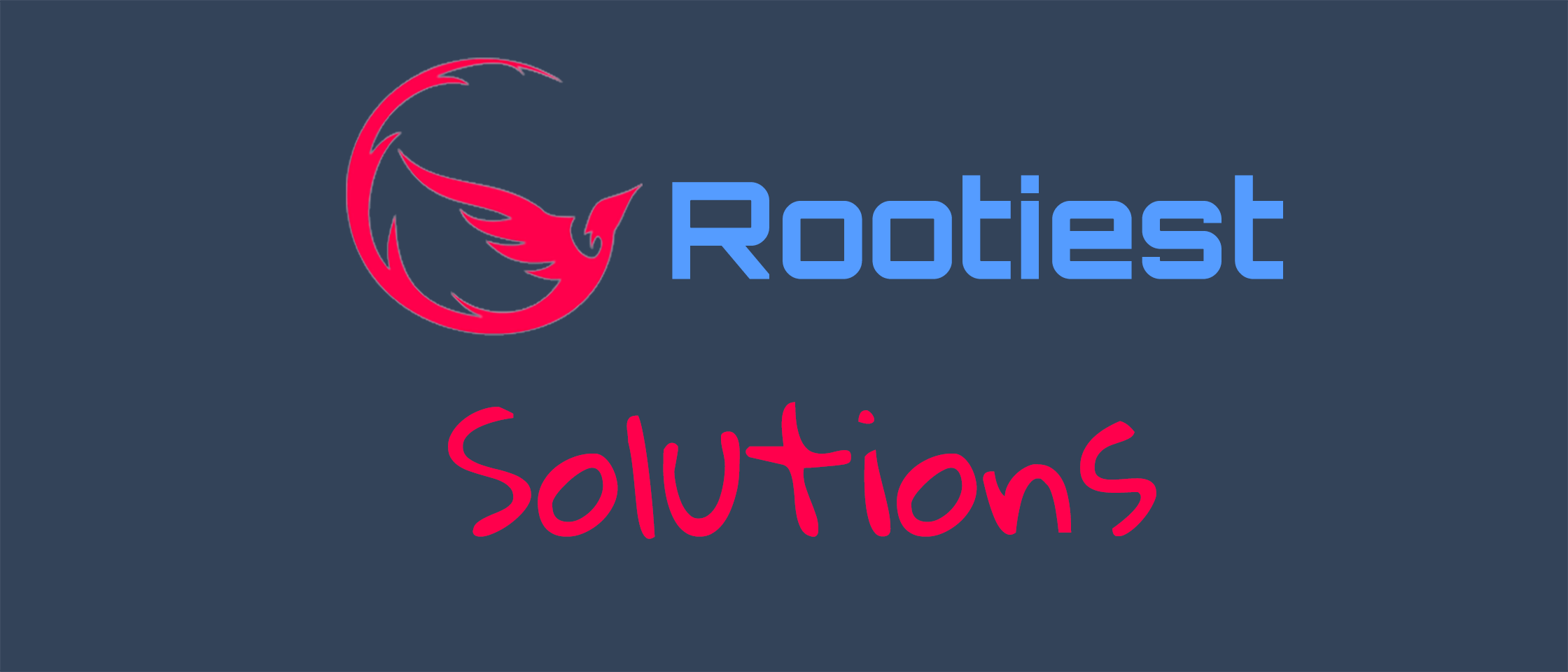Another cool trick is using tailscale to ensure your portable devices always can access your Pihole(s) from anywhere and then setting those server’s tailscale addresses as your DNS servers in tailscale.
This way you can always use your DNS from anywhere, even on cell data or on public networks
I keep a third instance of Pihole running on a VPS and use it as the first DNS server in tailscale so it will resolve a bit faster than my local DNS servers when I’m away from home







I use a DNS server on my local network, and then I also use Tailscale.
I have my private DNS server configured in tailscale so whether on or off my local network everything uses my DNS server.
This way I don’t have to change any DNS settings no matter where I am and all my domains work properly.
And my phone always has DNS adblocking even on cell data or public Wi-Fi
The other advantage is you can configure the reverse proxy of some services to only accept connections originating from your tailscale network to effectively make them only privately accessible or behave differently when accessed from specific devices